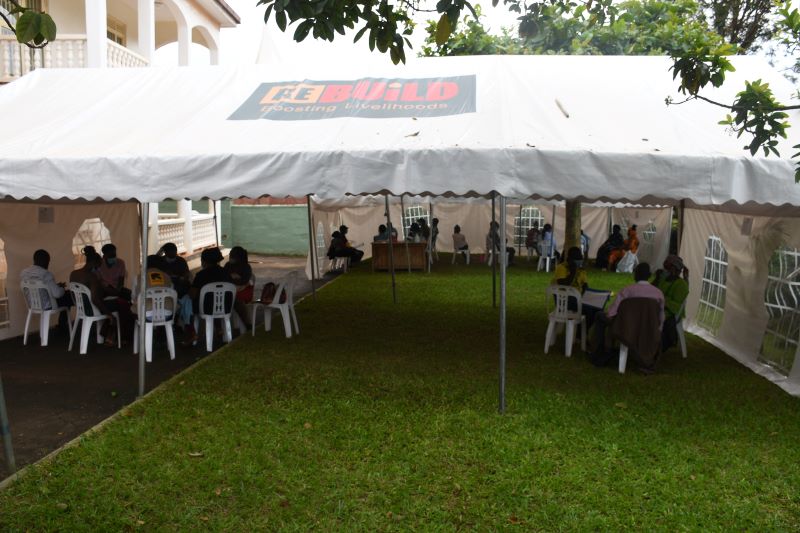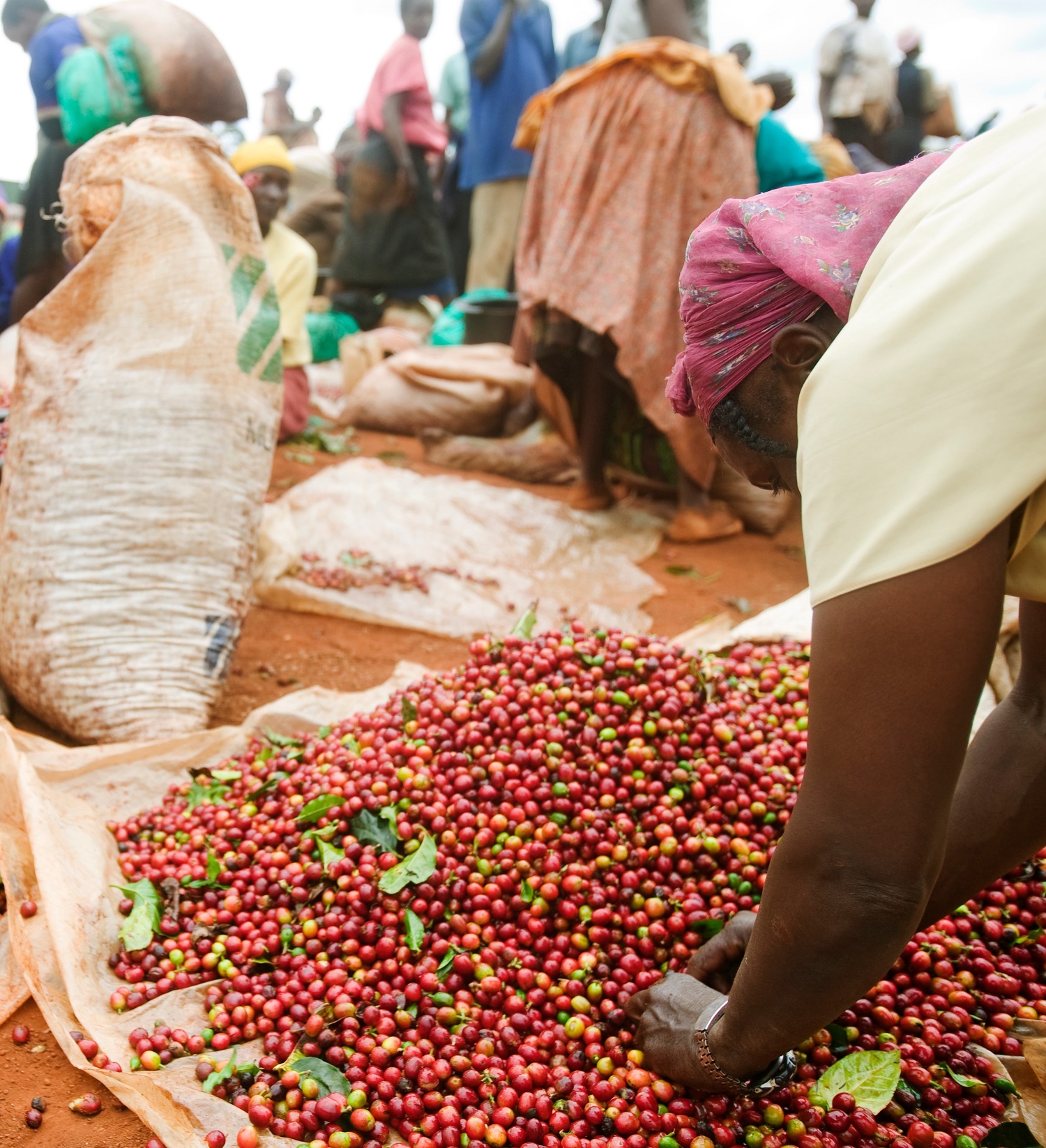Recommended

CGD NOTES

Event
The majority of refugees worldwide live in urban areas. It is often assumed that these urban-based refugees are self-reliant, and therefore no longer require external support. This paper challenges this assumption by reviewing secondary literature on the experience of 136,887 refugees who live in Kampala, Uganda and the 96,348 refugees who live in Nairobi, Kenya. It identifies three distinct challenges that these urban-based refugees face compared to their camp- and settlement-based peers: access to essential services without recognised documentation, access to decent housing, and access to social and professional networks. It then reviews whether and how the largest bilateral and multilateral donors in Uganda and Kenya support urban-based refugees, and concludes by offering recommendations for those donors interested in expanding their support. While this paper and its recommendations have specific relevance for those urban-based refugees in Kampala and Nairobi, they have broader relevance to urban refugee populations in all low- and middle-income countries.
From the paper:
There are many benefits to refugees living in urban areas. Cities house 55 percent of the world’s population, expected to grow to 68 percent by 2050. Some of the fastest growing cities are in low- and middle-income countries, many of which also host large numbers of refugees. Such growth brings opportunities for employment, as private sector actors are more likely to cluster in and around major urban areas. As will be explored later, refugees in cities are more likely than their camp- and settlement-based peers to be of working-age and able to take advantage of these opportunities. There are also many more benefits to living in a city, including the ability to access more city-based services. However, laws and policies constraining access to work and freedom of movement can limit refugees’ access to such benefits. Humanitarian actors also find it difficult to provide access to services and social networks; refugees in urban areas are spread out and highly mobile, and agencies are often less coordinated in urban areas than in camps and settlements.
Yet urban-based refugees have specific needs that are distinct from their camp- and settlement-based peers that donors are currently largely neglecting. To illustrate these, this paper focuses on the needs of the 136,887 refugees and asylum seekers based in Kampala, Uganda and the 96,348 refugees based in Nairobi, Kenya. They represent 8 and 15 percent of the total registered refugee population in the countries, respectively. Kampala and Nairobi, which are experiencing rapid urbanisation and growing refugee populations within their periphery, are the two focus cities of the five-year Refugees in East Africa: Boosting Urban Innovations for Livelihoods Development (Re:BUiLD) programme. This programme fosters self-reliance for urban refugees and other vulnerable host community members, with an overarching goal of understanding “what works” to achieve this change. It started in 2021, run by the International Rescue Committee (IRC) in collaboration with partners, and is funded by the IKEA Foundation.
Within these cities, this paper reviews the support provided by three bilateral donors (the United States, the European Union, and Germany) and three multilateral development banks (MDBs) (the World Bank, African Development Bank, and Islamic Development Bank) to urban-based refugees in Kampala and Nairobi. We find that while all have a strong focus on supporting sustainable and inclusive urbanisation, and addressing the impacts of forced displacement, few had projects that supported urban refugees. This limited support tended to be within the livelihoods and protection sectors, with some work within water and sanitation, and vocational training. Based on our analysis of urban-refugee specific needs, donors could do more to fulfil global commitments on refugee inclusion—and improve urban refugees’ access to essential services, decent housing, and social and professional networks—while ensuring all projects delivered in relevant urban areas take refugees’ needs into account. Providing direct support to city governments while partnering with refugee-led organisations to review barriers and improve access to services for urban refugees is an effective approach. Thankfully, we have seen some movement from city governments and donors on this issue within the recent Global Refugee Forum, held in late 2023, but more should be done.
This paper is based on a reading of secondary literature, clarification interviews with key stakeholders, and Re:BUiLD’s experience delivering services to urban refugees. It begins by outlining the displacement situation in Kampala and Nairobi. It then describes three specific challenges faced by refugees in these cities: (1) access to essential services such as healthcare, education, and business support without recognised documentation (2) access to decent housing, given the high cost of housing in urban areas, a lack of official documentation, and discrimination and xenophobia; and (3) access to social and professional networks. These sections also provide best practice examples from other displacement contexts. It then explores how donors already support these refugees, including highlighting specific notable projects. The paper ends with recommendations for how donors and MDBs can best support urban refugees in Kampala, Nairobi, and beyond.
Read the full paper here.
Rights & Permissions
You may use and disseminate CGD’s publications under these conditions.
Image credit for social media/web: Adobe Stock






